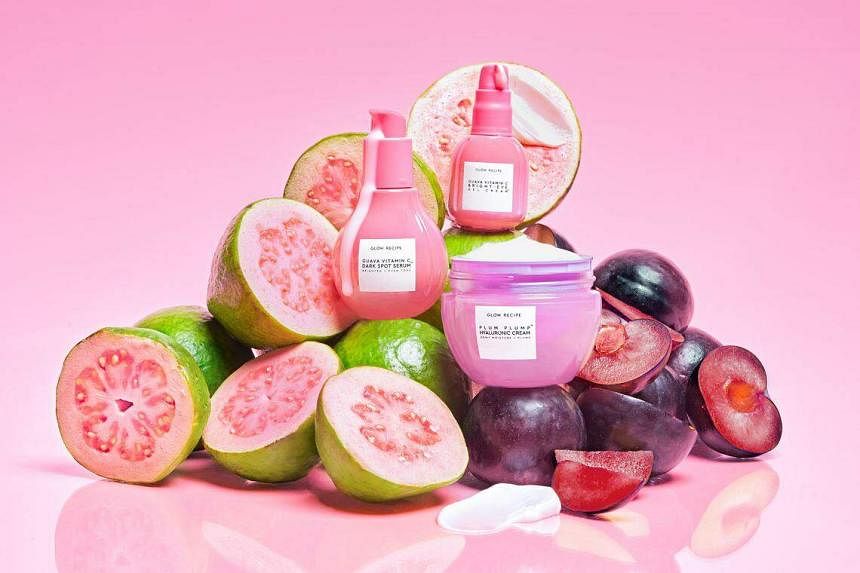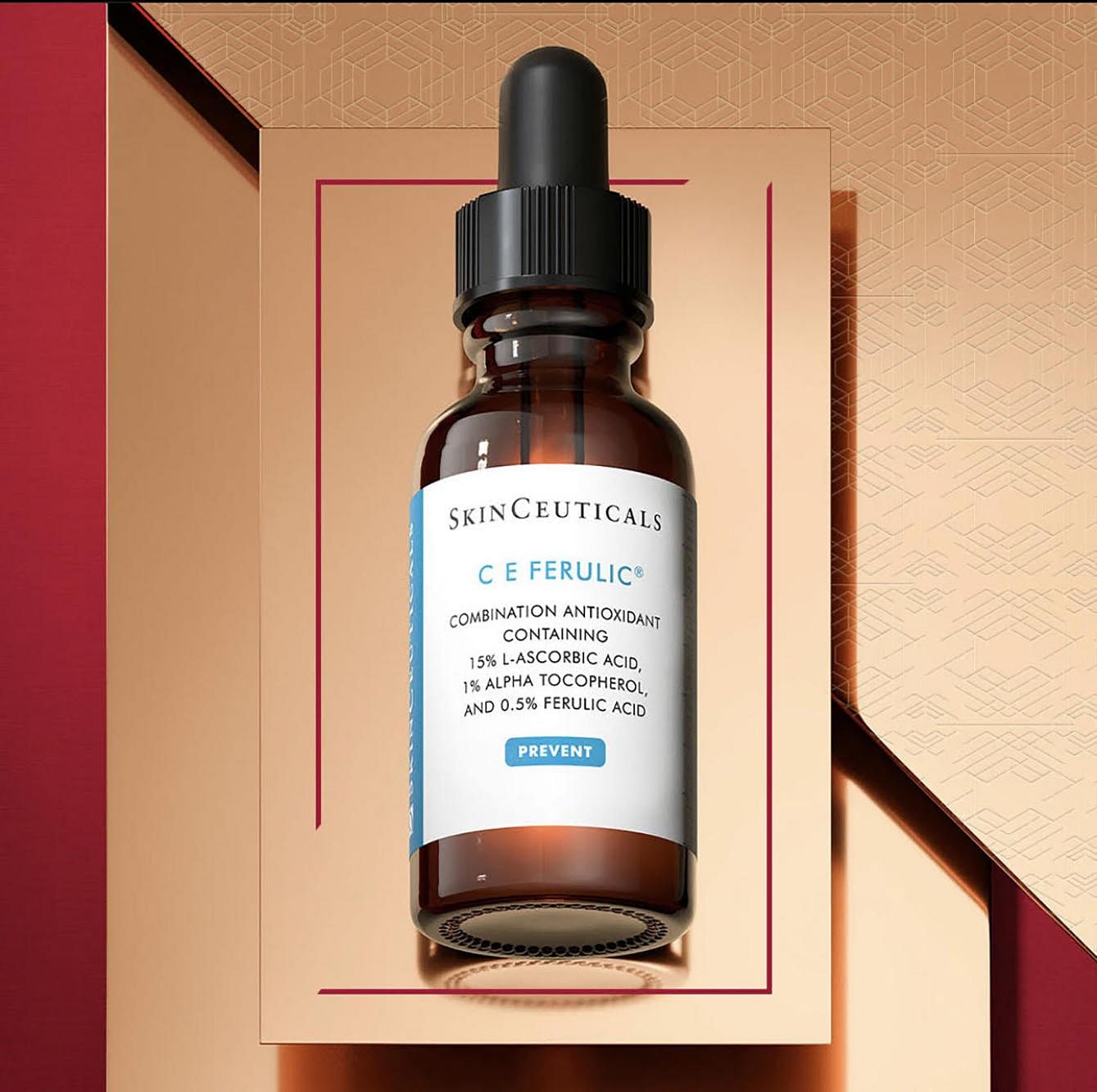Back To Basics: How to make the most out of vitamin C in skincare

SINGAPORE – Long touted by science as one of the most potent ingredients to help fight ageing, vitamin C, or ascorbic acid, delivers a spectrum of benefits, which includes protecting the skin against pollution and sun damage, as well as obliterating wrinkles, fine lines and hyperpigmentation.
While vitamin C levels in the top and middle layers of the skin are abundant when one is young, they begin to decline as one ages and the skin becomes less able to store what one has obtained from food or supplements.
As such, topical vitamin C, which is increasingly being used in skincare products, can help deliver this ingredient directly to the skin, says Dr Rachel Ho, 35, medical director of aesthetic practice La Clinic.
But it is not as simple as rubbing a slice of lemon over your face. In fact, Dr Ho advises against this.
“Rubbing lemon on your face could do more harm than good. First, lemon juice is acidic due its high concentration of citric acid. Hence, using it on the skin could cause irritant contact dermatitis with symptoms of redness, hypersensitivity and dryness,” she says, adding that lemon juice contains natural photosensitising compounds called furocoumarins that worsen ultraviolet (UV) damage to the skin.
If you are looking for a good vitamin C product, keep in mind that packaging also matters.
An unstable molecule, vitamin C is prone to oxidising and turning brown when exposed to high temperatures, light or air. Once oxidised, vitamin C will not just lose all of its potency, but also irritate the skin.
Make sure it comes in an airless, opaque packaging and is stored in a cooler place to ensure it has a longer shelf life.
According to Dr Ho, here are some things you should take note of:
1. Not all vitamin Cs are created equal
There are two main types of vitamin C, says Dr Ho.
Then, there are vitamin C derivatives, which encompass all the other forms of vitamin C, such as magnesium ascorbyl phosphate and sodium ascorbyl phosphate.
“While they are less likely to oxidise, they must be converted into ascorbic acid first to act on the skin and are also less potent,” says Dr Ho.
“Although L-ascorbic acid is less stable than the derivatives, this can be overcome by choosing L-ascorbic acid formulations that contain ferulic acid, as well as products with airtight packaging.”
2. More is not always better
Concentrations between 8 and 20 per cent are ideal, Dr Ho notes. “Concentrations beyond 20 per cent offer negligible additional benefits and, instead, have a higher risk of irritation.”
3. Power combos
Dr Ho says: “Studies show that combining vitamin C with vitamin E and ferulic acid gives a fourfold increase in protection against UV-induced skin damage.”
4. Avoid these
“Benzoyl peroxide oxidises vitamin C, rendering it less effective,” Dr Ho says, adding that acids such as AHAs (alpha-hydroxy acids) and BHAs (beta-hydroxy acids) can alter the skin’s pH level and reduce the effectiveness of vitamin C, on top of causing irritation.
5. Consistency is key
Results are not immediate, but come with consistent use. “Use topical vitamin C twice a day – in the day and at night,” says Dr Ho.
Vitamin C products to try
Glow Recipe’s Guava Vitamin C Bright-Eye Gel Cream, $61

A follow-up to this South Korean skincare brand’s successful launch of its Guava Vitamin C Dark Spot Serum, this day-to-night lightweight gel cream contains 10 per cent vitamin C made from five types of derivatives, which are encapsulated using a slow time-release technology to maintain stability and minimise irritation.
The formula includes sodium ascorbyl phosphate, one of the most stable and gentlest types of vitamin C that has also been clinically proven to work against acne.
Add 3 per cent of niacinamide, green caffeine, hyaluronic acid and a peptide blend, and the product claims to be capable of hydrating and depuffing the eye area in addition to reducing dark circles.
SkinCeuticals’ C E Ferulic, $280

This potent serum may not be new, but has become a cult favourite for those in the know.
Made from a whopping 15 per cent pure vitamin C (L-ascorbic acid), 1 per cent vitamin E (alpha tocopherol) and 0.5 per cent ferulic acid, the product is supposed to remain effective for at least 72 hours on the skin, neutralising free radicals from UVA/UVB exposure, infrared radiation and ozone pollution that accelerates skin ageing.
- Back To Basics is a new fortnightly column that takes a deep dive into beauty ingredients.
Join ST's Telegram channel and get the latest breaking news delivered to you.





No comments:
Post a Comment